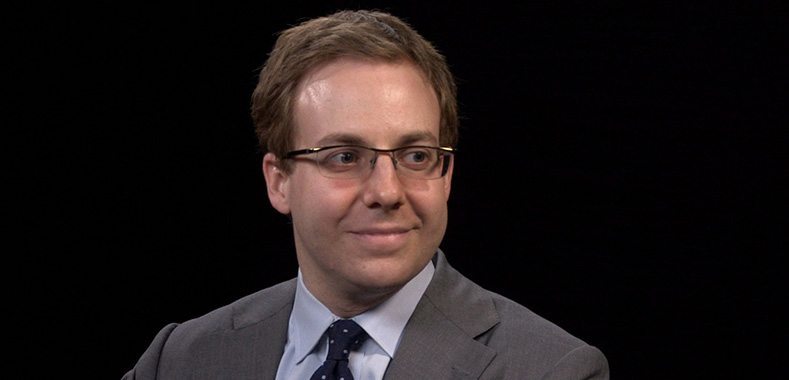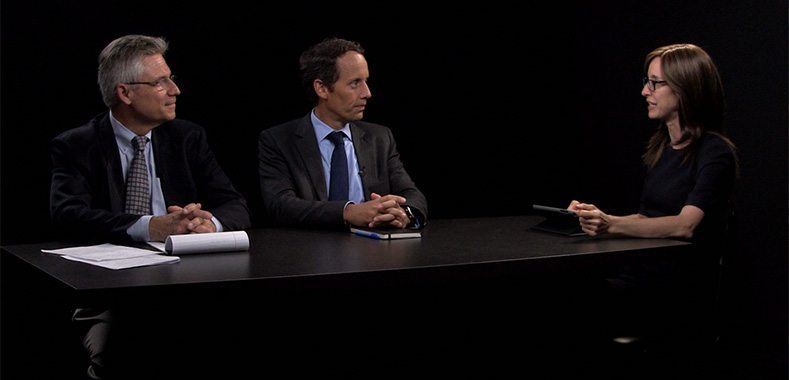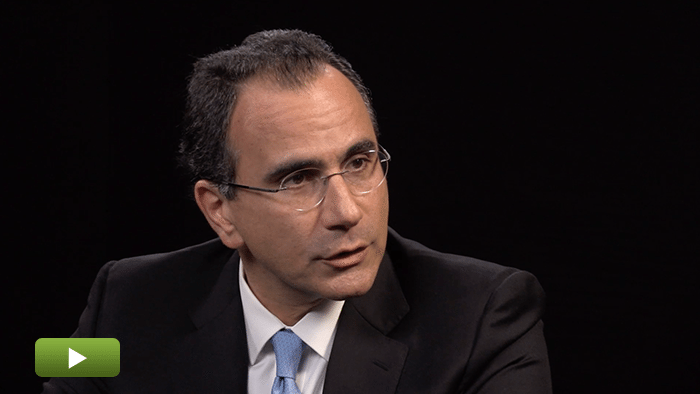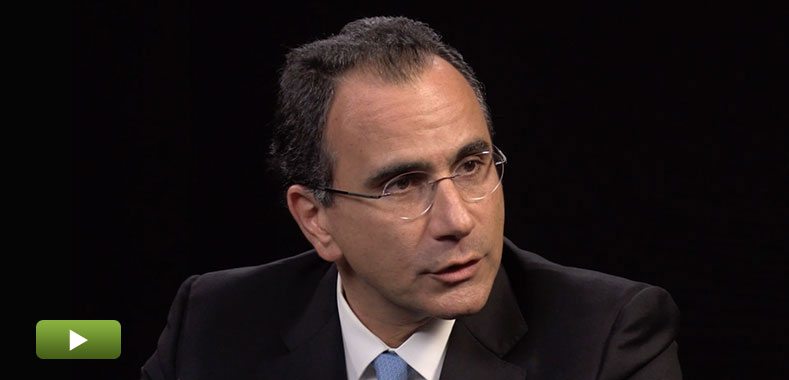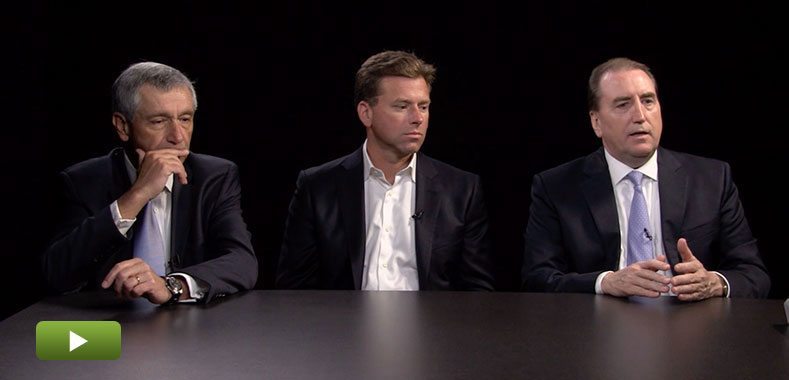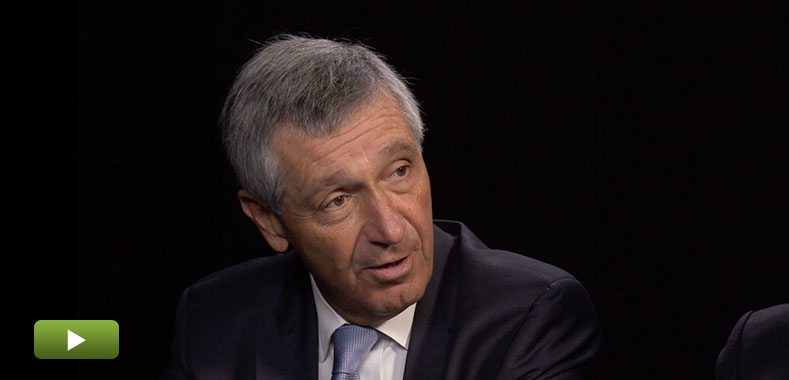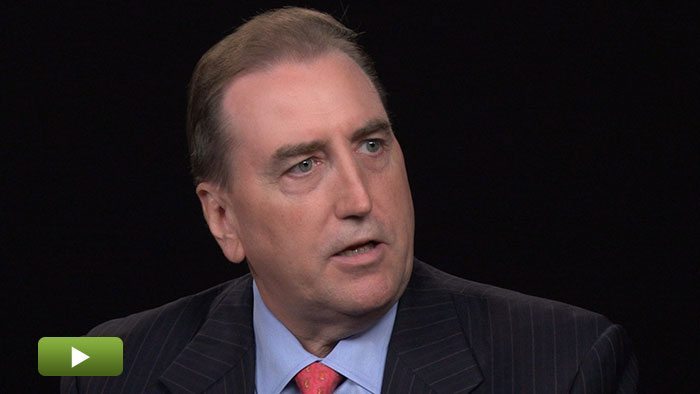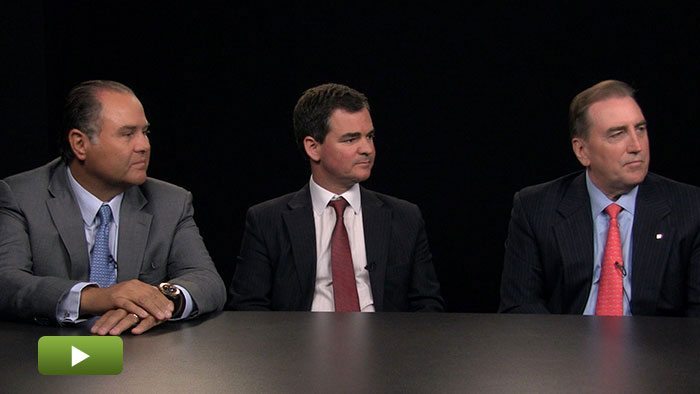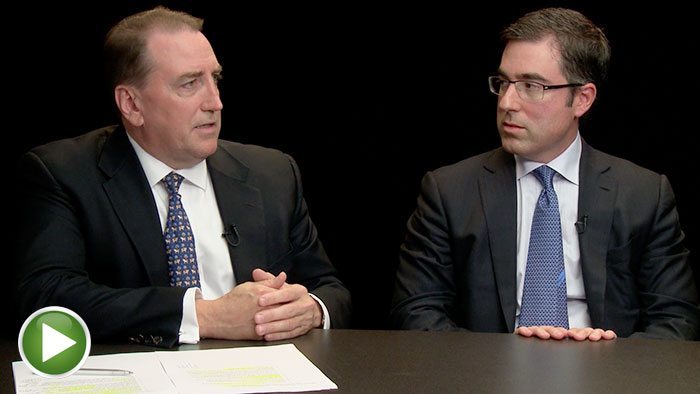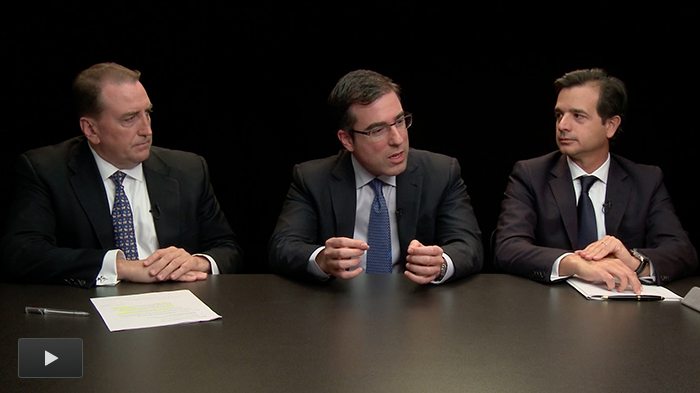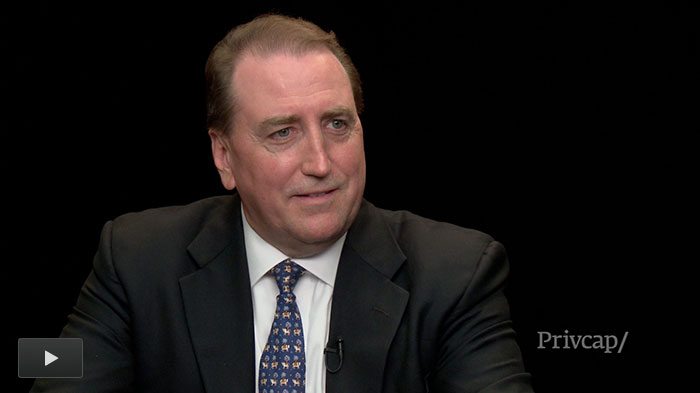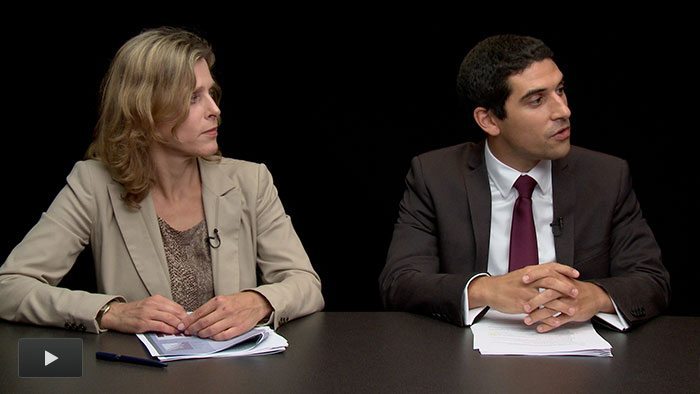Latin American PE Success Stories
Stories of value creation: an eyewear chain in Brazil gets super-charged by a private equity investment from 3i; a famous chef in Peru builds a global restaurant empire in partnership with The Abraaj Group; expert commentary from EY; and candid value-add storytelling from two Latin American GPs.
Transcript Download Transcript
Latin American PE Success Stories
Value Creation and Exits in Latin America
David Snow, Privcap: Today, we are joined by Michael Rodgers of EY, Rodrigo Galvao of 3i Group, and Hector Martinez from The Abraaj Group. Gentlemen, welcome to Privcap. Thanks for being here.
We are talking about value creation in Latin America—a fascinating topic, especially for the large amount of international capital now targeting Latin America private equity, because of the returns people see there. You are all involved in this market, so I am interested to hear your stories. One can speak abstractly about value creation and levers of value creation, but it helps to have real-world examples to illustrate that. I would love to hear your stories. Rodrigo from 3i, what investments has your firm done that illustrate your approach to identifying an opportunity, setting a plan and executing it?
Rodrigo Galvao, 3i: Our second investment in Brazil was in the second-largest opticians retailer in the country, Óticas Carol. In that situation, we started essentially changing the way the company does business even during our diligence period. Because our demand in the diligence led the company to start improving in terms of reporting and improving controls.
Snow: Just based on the questions you were asking?
Galvao: Right. The management team started to look at things they had not looked at before, which was helpful in setting the tone for what would come next after we invested.
This is a situation where we brought in a chief financial officer, new into the business, to strengthen the reporting and finance function. We spent quite a bit of time putting together the expansion plan during our due-diligence period. Even before coming in, we brought in a new person to lead and organize the expansion of the business. To give you an idea, they had fewer than 500 stores before we came into the business.
We are now opening around 20 Carol stores per month. That all revolves back to getting a good expansion team and an organized strategy in place to roll out stores in the states where they add the most value. We are creating clusters of Carol stores in Brazil and the expansion team is focusing on finding independent opticians. This is still a very fragmented market that we seek to consolidate not by making acquisitions, but by transforming independent opticians into Carol franchisees. For them, it is attractive because they can buy better through Carol, and they can have access to the media Carol does, bringing in additional traffic. Also by opening new stores with our existing franchisee base. We will be opening nearly 200 stores this year. We invested in March of this year, going back to the setup and planning. We are doing this in a more controlled manner and keeping track of the KPIs, more than 11% in an environment that is not easy in Brazil.
Hector Martinez, The Abraaj Group: Our retail business is also doing well and has grown from 100 to 400 stores in three years. In our case, the challenge was that we need to see overseas. We need to, in order to gain scale, but I assume that in the near future you will also look at your foreign markets as a way to scale up, right? There are opportunities.
Galvao: Yes, we have discussed this. Right now, in terms of expansion, we are thinking about new Brazilian states to operate in. There are markets where Carol is either not present or has a small presence, so we will focus on these new markets first, and then think about doing something externally.
Martinez: Through an acquisition strategy or organic growth both?
Galvao: Well, it could be, right?
Martinez: Both, right?
Galvao: It could be there.
Martinez: Right.
Michael Rogers, EY: Rodrigo, you mentioned that you are making some strategic moves to enhance this investment. Did you have any capability in-house within your fund, by having operating partners with that expertise, or the leadership or the talent you needed to execute this? Did you have to find these executives in the marketplace to come up with these ideas and strategies and implement them?
Galvao: Yes, it was a combination. We brought professionals from the market, for example, to strengthen the finance function. We brought in somebody we knew to strengthen the expansion and business-development function. We brought in somebody at the board level who is a seasoned retail operator in Brazil, Marcelo Silva. He is part of our advisory group, so he is supporting us from that perspective.
Snow: Hector, your firm, The Abraaj Group in Latin America, invests in Latin America ex-Brazil. Can you share any interesting stories that illustrate your approach to value creation?
Martinez: Of course. We have done several interesting deals in interesting sectors, including the most recent one we have done in Peru—the very popular restaurant business of our most renowned chef, Gastón Acurio. Over 10 years, he has built a group that operates more than 30 restaurants with him—a multi-brand strategy. He started with an upscale one called Astrid & Gastón, which is in several cities in the region and in Europe.
Snow: So, it’s already international?
Martinez: Yes, but with a different strategy. That’s one brand. After the Astrid & Gastón brand, he understood that, to gain scale, the company needed a multi-brand strategy targeting different segments. So, he built the Lamar brand, which is seafood, and the Tanta brand, a bistro. More recently, Bachiche, which is Italian, and the Peruvian burger. It is many concepts, so he can broaden the spectrum of food. Peruvian gastronomy is booming—everyone is talking about it. It is the new kid on the block. So, that was a nice opportunity to become a minority shareholder of that company. And, in discussions to make this investment, we were very clear about our value-creation plan.
We focused on three main aspects. The first was operational efficiencies. Where do we need to be more efficient? It came from several ways: implementing a board with independent members, bringing down a CFO, the accounting of the company, done by a third party. Having the reports was quite challenging in a short period. We have hired an accounting firm to do it, and there is a transition period; next year, we will do it in-house. We are bringing down a COO, as well. Those were insight issues we needed. We also establish processes for many activities we do—that was from the onset. We divided the growth plans into local expansion and international expansion, and where The Abraaj Group can help them. On the local side of the expansion, we are very aggressive. We own about 15 restaurants in Peru, and there is a huge opportunity because shopping malls are growing very fast. We will double that number of restaurants in two years.
We helped them with banks to obtain finance. We are adding capital to the local operations, so the debt-to-equity standards are acceptable for banks. That would allow us to fight, so we have acted like their investment bankers, helping them with banks to raise money. From the international standpoint, we are helping them to bring partners, people willing to partner with us, people we know, already conversations moving from the Middle East and some European countries. So, to your question—we usually identify three pillars where we can add value, and ways we can add value in different ways, for each strategic parameter. That is a clear example of how we add value in different ways in a company.
Galvao: How do you think about exit in this space?
Martinez: This is quite a unique company—we have in our mind doing an IPO with this company. Growing it globally, and having the scale to make it an IPO are big in this one, probably in the regional market, in the middle market. Because it is very popular, everyone knows it. It is a sexy investment.
Snow: It is an iconic brand that will go public in Peru.
Martinez: It is an iconic brand, so retail people especially will like to be part of this successful story. Again, this is a unique company. It is not the usual way. If that can happen, we will probably look for the secondary market as a possible alternative. The story will never end. We have not four or five, but 10 years of growth granted. As long as Peruvian gastronomy is still acceptable worldwide, which it will be.
Rogers: David, first of all, I look forward to sampling the Peruvian food—
Martinez: Be my guest.
Snow: As early as tonight.
Rogers: The high-end Peruvian food sounded fantastic, but along the exit routes in terms of restaurants, they are tricky in terms of time and how do you monetize that? You mentioned a number of different brands—is it the possibility of separating out the brands? Can they stand on their own or, from the scale perspective, would it have to remain one entity that owns all the brands?
Martinez: No. That question was around when we analyzed, but today, each brand has its own life. It is recognized by being Peruvian, being good. In the beginning, it is important to have Gaston, as it is his restaurant, his blessing. But, once it’s ongoing, it has its own management team and operations people. It has its own life. So, it could be separated, but it’s better if it goes in, as a single firm. The scale is very important, and that will be the way we go.
Snow: Mike, these are two somewhat different stories, though they are both consumer-facing. Does anything from these stories dovetail with the findings of your recent value-creation study for Latin American private equity?
Rogers: Yes, they do. It ties in directly to what we hear. Going back a few years, there was an initial question: “Will we buy low?” We will try to get multiple expansion, and sell it at a higher valuation. With the challenges on the world economy front, that global slowdown and how it impacts Latin America a bit. Obviously, the issues with interest rates in the U.S. and how the discussion of tapering sent the currencies into a bit of a challenge. So, that creates business issues for some companies in those countries. From our perspective—and this is a theme worldwide, but you certainly see it here—we see that the better private-equity funds are going into these investments with their thesis lined up, structured up front.
Because you cannot fix everything, you have many different investments, a lot going on, but taking the three-prong approach and trying to figure out what we will tackle and what we hope to achieve over the next three to five years. The other interesting theme we heard from the study was that, because the average hold period is 4.1 years, as I mentioned for Latin America, even if we did not achieve it all, we have it written down and it is in a game plan.
You can create and extract that value from the next buyer because they see the opportunity to improve or take the business to the next level. It is not that you have monetized every opportunity—the ideas laid out here were to get these companies to a level that they could go further, as Hector mentioned, to get to a point where you could IPO it. Then, these brands can all go off, this can grow and become a bigger entity. The themes are in line: more emphasis on value creation and lining it up ahead of time is critical.




